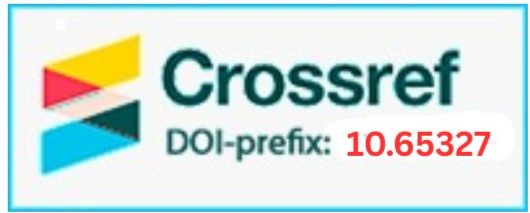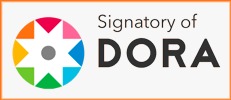Analysis of salt transport indices, calcification markers, and FGF23 in patients with nephrolithiasis and crystalluria
DOI:
https://doi.org/10.22141/2307-1257.14.3.2025.545Keywords:
urolithiasis, vascular calcification, osteopontin, osteocalcin, FGF23Abstract
Background. Nephrolithiasis (NL) is a common polyetiological urological disease that is frequently associated with reduced bone mineral density. One of the shared key factors contributing to both osteoporosis and NL is insufficient intake of calcium-rich products. Another common pathogenic mechanism involves the activation of calcification factors, such as osteopontin (OPN), osteocalcin (OC), and fibroblast growth factor 23 (FGF23). The purpose was to evaluate indices of salt transport, calcification markers (ОС, ОРN), and FGF23 in patients with nephrolithiasis and crystalluria. Materials and methods. The study was conducted at the Department of Urology of the Bogomolets National Medical University, and the Urology Department of the Kyiv Regional Clinical Hospital. The work was carried out in accordance with the research plan and is a fragment of the research project “Optimization of the management of patients with urolithiasis with concomitant osteoporosis” (state registration number 0125U000958). The diagnosis of NL was established based on the criteria according to the 2023 guidelines of the European Association of Urology. The assessment of salt transport, osteopontin, and FGF23 was carried out in a certified laboratory (Medical Laboratory “DILA”, Kyiv, Ukraine). Osteocalcin was measured in the Ukrainian Osteoporosis Center and Department of Clinical Physiology and Pathology of Locomotion Apparatus of the State Institution “D.F. Chebotarеv Institute of Gerontology of the National Academy of Medical Sciences of Ukraine” (Kyiv, Ukraine). Results. Нigher rates of oxaluria were observed in patients with NL and crystalluria, which was predominant in the study groups compared to other indicators studied. The levels of calcification markers (OPN, OC) and FGF23 were significantly lower in patients from group I compared to those with NL and crystalluria. Conclusions. The level of FGF23 showed a positive association with serum phosphate levels, which is consistent with its physiological mechanism of action. Further study is needed to determine the specific changes in calcification markers (OPN, OC) and FGF23 depending on changes in bone mineral density.
Downloads
References


 ISSN 2307-1257
ISSN 2307-1257 ISSN 2307-1265
ISSN 2307-1265



















